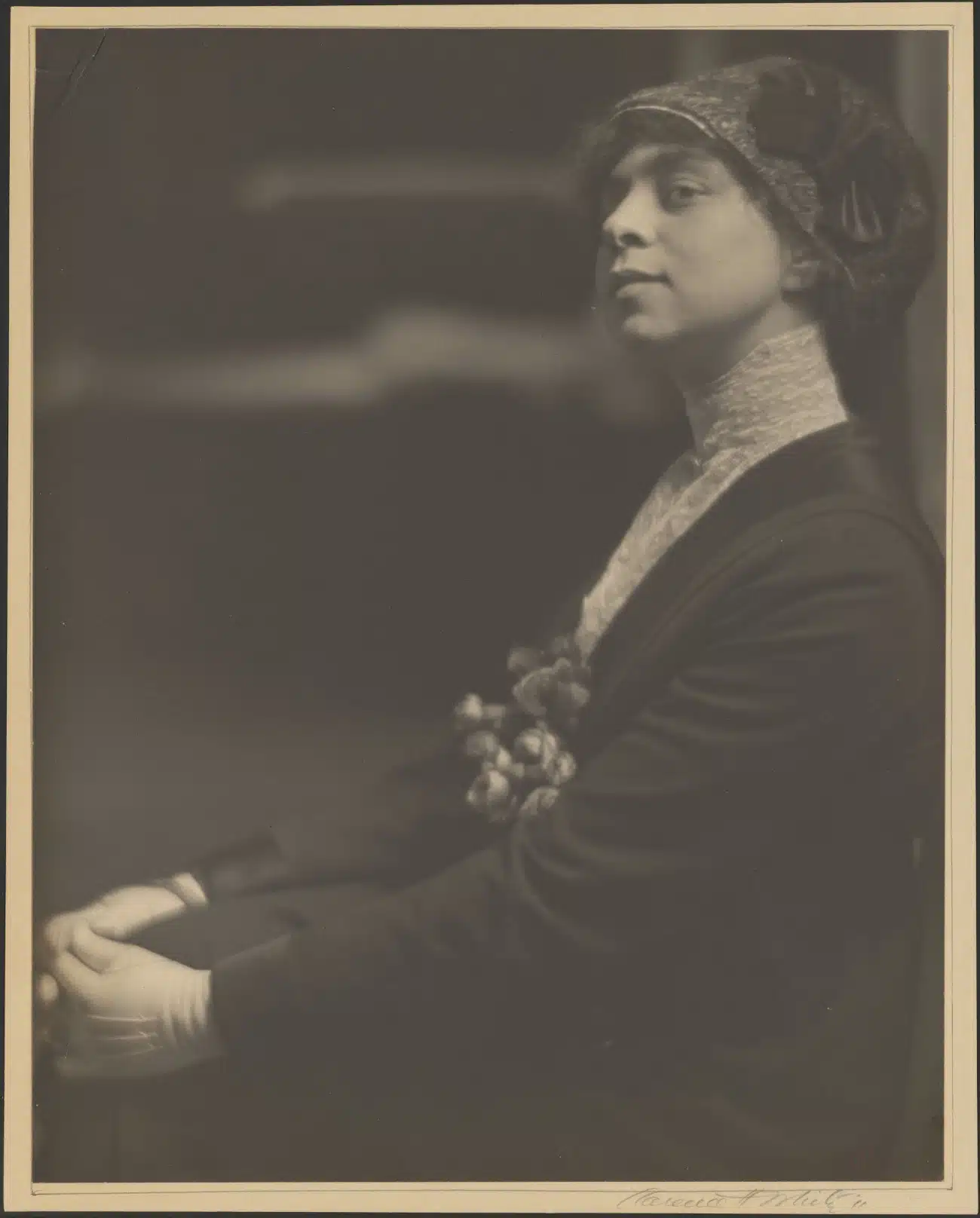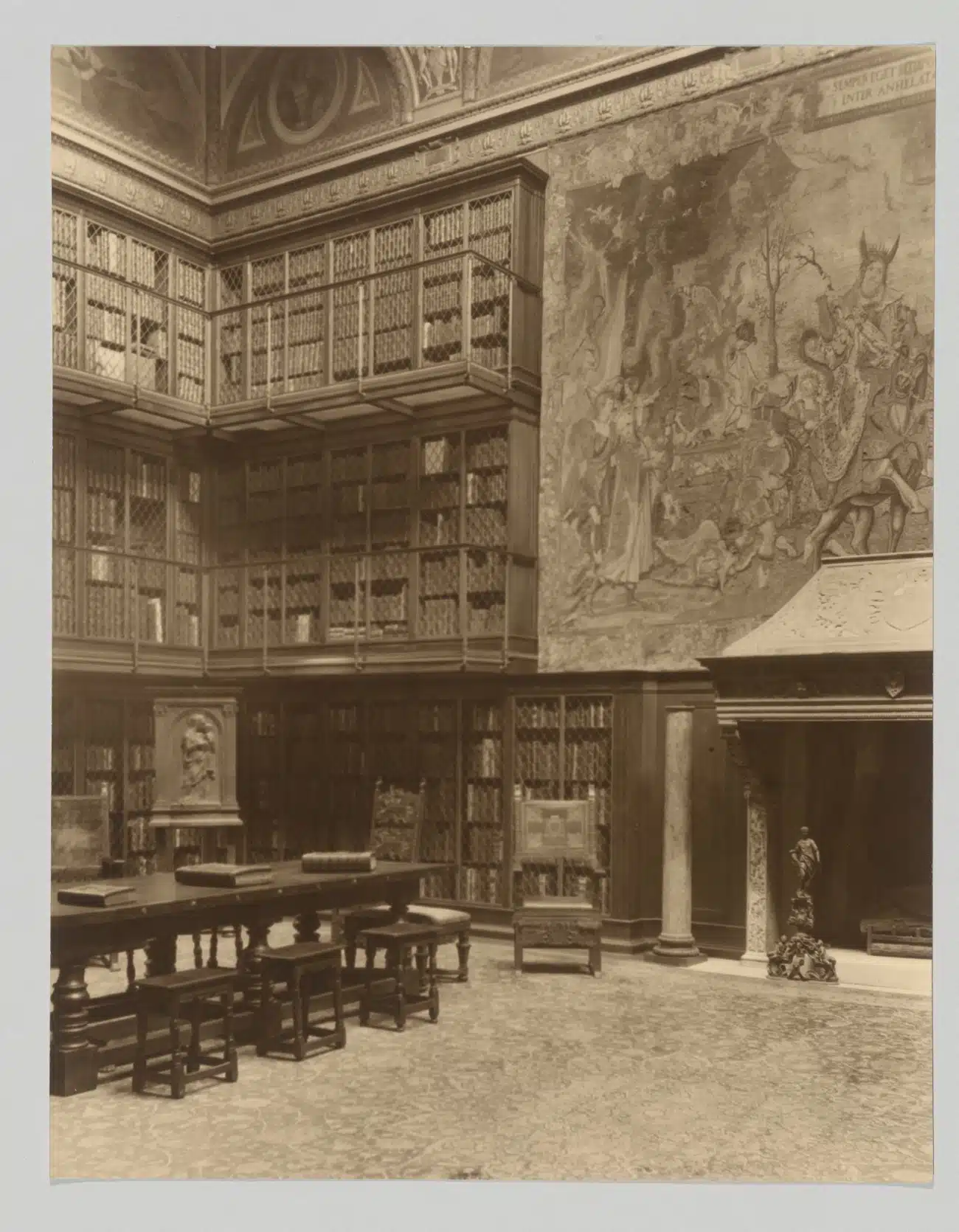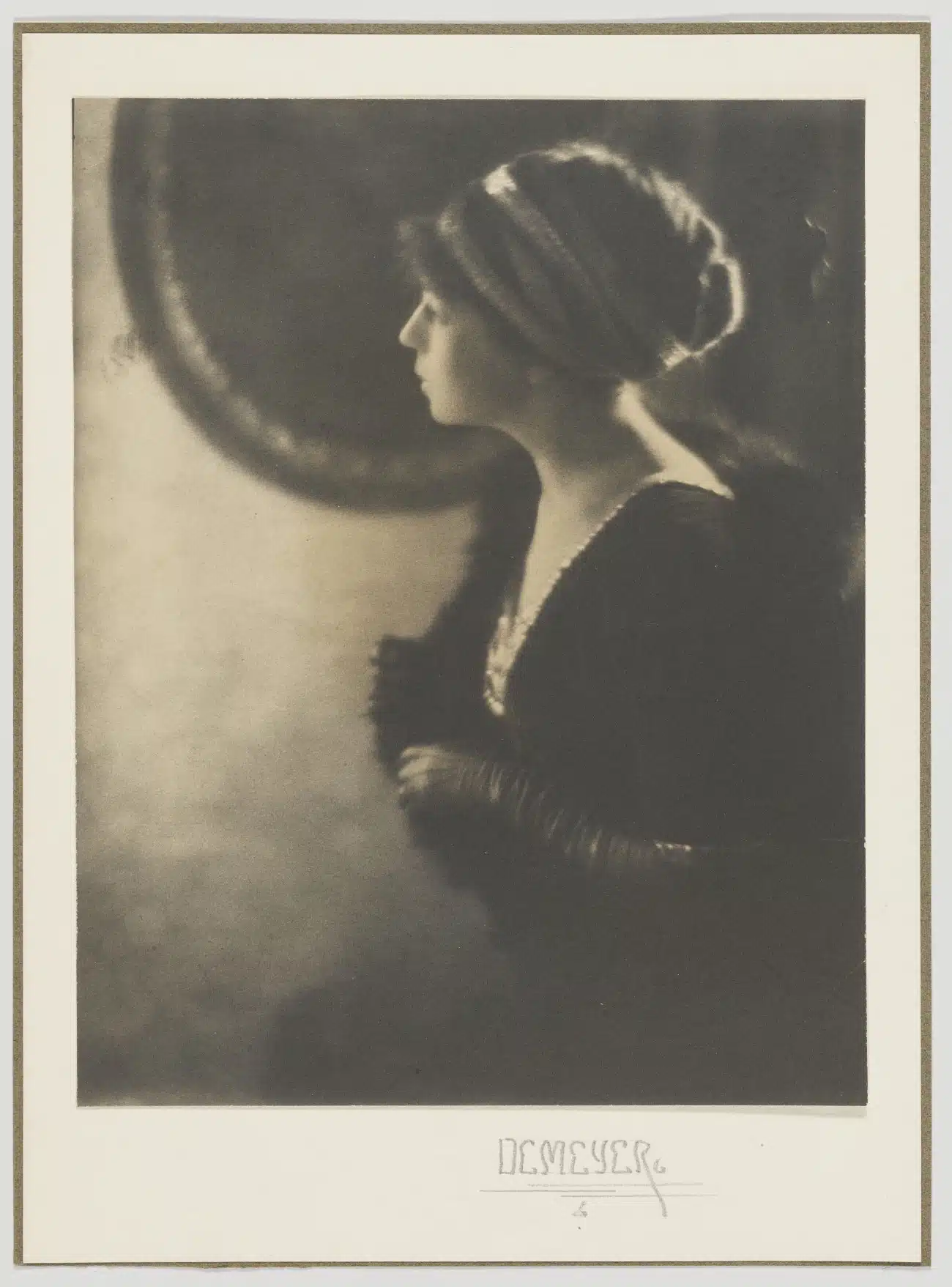
Belle da Costa Greene by Clarence H. White, 1911. (Photo: Biblioteca Berenson, I Tatti, The Harvard University Center for Italian Renaissance Studies)
American financier J.P. Morgan was a dominant force on Wall Street during the Gilded Age and an avid collector of books and art. His collection grew so vast that it outgrew his home, and he purchased several plots of land to build what has become the Morgan Library. But prior to this, realizing he needed someone to help him catalog his collection, he hired the woman who would later become the library’s first director—Belle da Costa Greene.
The American librarian had been working at the Princeton University Library alongside J.P. Morgan’s nephew, who recommended her for the position. In 1905, she became Morgan’s personal librarian and was tasked with a massive undertaking—organizing, cataloging, and shelving the collection. She would remain dedicated to the Morgan Library long after J.P. Morgan’s passing in 1913, working for his son Jack and then, in 1924, becoming the first director of the library when it was made a public institution. It was a position that she held until she retired in 1948.
Greene’s accomplishments are all the more incredible because, in a time of racial inequality, she was a Black woman making great strides. Born into a prominent Black family, her father, Richard, was the first Black student to graduate from Harvard. After her parents separated, Greene, her mother, and her siblings all began passing as white. In this time in American history, where segregation and racism ran rampant, this allowed Greene to advance her career and become “the most fascinating librarian in American history.”
“Belle da Costa Greene is such an important figure to consider and raise questions about in today’s day and age,” shares Dominique Jean-Louis, chief historian, Center for Brooklyn History at the Brooklyn Public Library. “I think she tells us a lot about race and gender roles…about self-reinvention and self-narrative.”
Now, the Morgan Library is celebrating Greene’s accomplishments and her identity in an exhibition that traces her life from her roots in a predominantly Black community in Washington, D.C., to her 24-year tenure at the helm of the Morgan Library. Belle da Costa Greene: A Librarian’s Legacy tackles many challenging topics, and to do her story justice, The Morgan has created an Advisory Committee comprising librarians, historians, and professors from institutions across the country with specialized interest in the exhibition’s themes.
The exhibition, part of the Morgan’s 100th anniversary celebrations, runs until May 4, 2025.
“Pierpont Morgan may have built this library. His son, Jack, made the institution, but, really, it was Belle Greene who realized their vision and developed it,” shares Philip S. Palmer, Morgan curator and Literary & Historic Manuscripts department head.
“She really is the soul of the Morgan Library.”
An exhibition at New York’s iconic Morgan Library celebrates the contributions of its first director, Belle da Costa Greene.

Photo: Graham Haber, 2014
Greene helped J.P. Morgan catalog his collection and later became the library’s first director when it went public in 1924.

East Room of J. Pierpont Morgan’s Library by Tebbs & Knell, between 1923 and ca. 1935 (Photo: The Morgan Library & Museum; ARC 1637)
Greene, who was Black, spent her life passing for white during a time when America was filled with segregation and racism.

Belle da Costa Greene by Adolph de Meyer, 1912. (Photo: The Morgan Library & Museum; ARC 1664)
